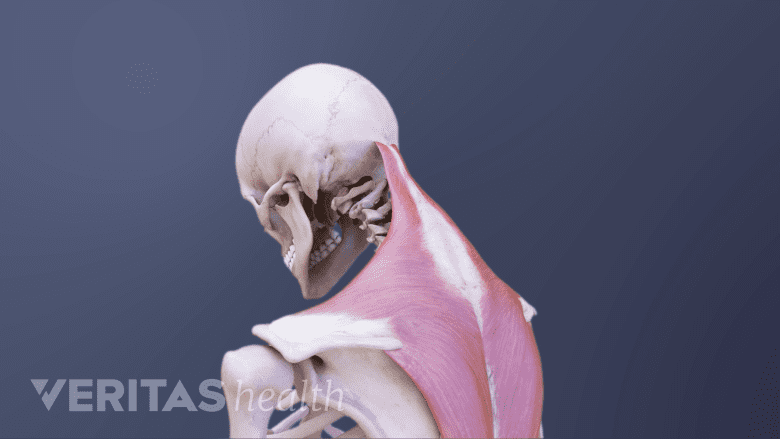Biking is good for lower back pain as it has a relatively low impact on your spine, though care must be taken to avoid further injuring your back.
Benefits of Biking for Back Pain
Exercise biking can be gentle on the spine and can provide an excellent aerobic and leg strengthening workout.
Here is what you need to know about biking and back pain:
- Biking is less jarring to the spine than many other forms of aerobic exercise, such as jogging.
- Some people with certain back conditions feel more comfortable in the forward-leaning position of sitting on a bicycle seat and leaning forward on the handlebars. Lumbar spinal stenosis is an example of a condition in which most people feel better in a forward-leaning position.
- For those with a low back condition in which a reclining position feels better, a reclining bike, also called a recumbent bike, may be preferable. Lumbar degenerative disc disease is an example of a condition in which many people feel better in a reclining position.
- Stationary bicycling is particularly gentle on the spine, providing the benefits of a vigorous aerobic workout with minimal stress to the low back. There are a variety of options to keep it interesting, including apps that take you on gorgeous tours in various parts of the world, or spinning classes available at most sports clubs and gyms.
Potential Issues with Biking and Back Pain or Neck Pain
As with any exercise, it’s best to start biking slowly and gradually work up to longer and more strenuous sessions.
Here are guidelines to help get you started biking and minimize stress on your back:
- Little conditioning is provided to the back muscles by bicycling, so you need to exercise your core muscles separately
- Back posture on the bicycle can strain the lower back, a result of the lumbar spine flexing or pulling up
- Position on the bicycle, with the neck arching back, can strain the neck and upper back, especially when the bicycle is equipped with aerodynamic bars
- Rough terrain increases jarring and compression of the spine, which can cause back pain

Constant forward head posture while bicycling can cause neck strain and upper back pain.
How to Prevent Back Injuries or Neck Injuries from Biking
- For casual bike riders, a mountain bike with higher, straight handlebars that allow a more upright posture is usually preferable
- To minimize impact on the spine, select a bike with bigger tires that provide more shock absorption
- Adjust the bicycle properly to fit your body. If possible, this is best achieved with the assistance of an experienced professional at a bicycle shop
- To use proper form when biking, distribute some weight to your arms and keep your chest up
- It is a good idea to shift positions periodically
- Periodically, gently lift and lower your head a few times to loosen the neck and avoid neck strain
- Discuss and review your pedaling technique with a personal trainer or other knowledgeable professional to get the most out of the exercise
- Use shock absorbing bike accessories, including cushioned seats and seat covers, handlebar covers, gloves, and shock absorbers on the front forks (front shocks or full suspension shocks depending on the type of riding you plan to do and the terrain you plan to cover)
Biking does not specifically strengthen the core body muscles - the abdominals and the back muscles – that are key to providing support for your spine, so you need to specifically strengthen your core muscles. For example, you can do a simple core strengthening routine on a exercise ball.

